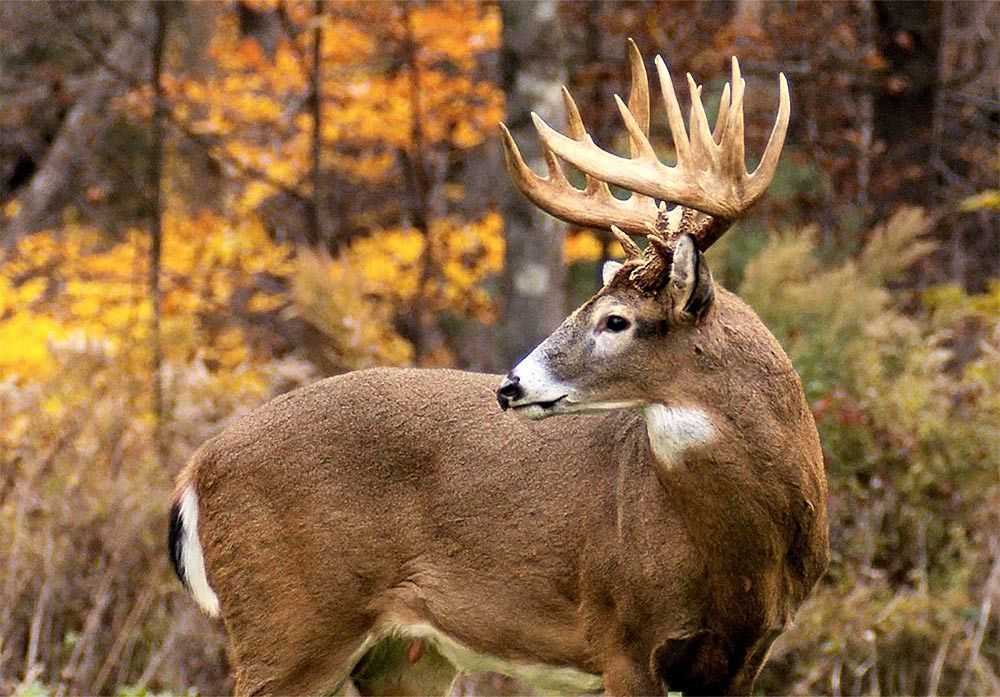By Danny Patrick
On the small farm my brother and I hunt near Metter, Ga., there are about 60 acres of cultivated fields and 150 acres of planted pines and hardwood creek bottoms.
I was fortunate to have soybeans grown on my land this year. Deer love soybeans, so the deer activity was very good. We saw a lot of deer this year but not many shooter bucks. If big bucks jumped out every time I went into the deer woods, it would not be as exciting as knowing the opportunity for a big buck every now and then is the reward for hard work and preparation.
At breakfast after the last hunt of the season, I recognized a hometown friend Tom Davit at a restaurant in town. He introduced us to Keith Harvey, a retiree who has hunted this area avidly for many years. Harvey invited us to his house to see his deer mounts.
As I walked into his den, I was mesmerized by a collection of about 20 whitetail deer mounts. The date and live body weight were listed below each mount, and they were lined up chronologically. It told a story. From the first mount dated 1983 to the last mount dated 2014, the body weights dropped precipitously, from 220 pounds in 1983 to just 160 pounds in 2014.
“Danny, I moved here in 1969,” Harvey said. “Back then there were no deer here. If you told someone back then you had seen a deer track, they laughed at you. Deer began showing up in some numbers in the mid 1970s, and in the early 1980s numbers increased to a huntable amount.”
He said there was far more cropland back then, and it was all in corn, peanuts and soybeans. Also, farmers burned their land every year, which also helps the wildlife. In the 1990s, planted pines began replacing crops. The remaining cropland became dominated by onions and cotton. The deer today have less to eat, thus they are smaller in body weight and antler size.
The deer in this area no longer get the nutrition to fulfill their potential. A biologist once told me food plots are like a straw the deer use to suck nutrients out of the ground. After seeing the history of whitetails in my area, it is clear what I need to do to enhance my deer herd.
The more food plots the better, and they must be planted with the right amounts of lime and fertilizer to put nutrients into the soil and plants. Professionals say to plant 10 percent of your land in food plots. Many times that is not possible, but it is a good goal. I plant twice a year. My main plots are lablab in spring and oats in fall. We also add some peas and beans.
What I learned from Keith’s deer mounts is the importance of nutrition for bucks to reach their full potential. So get to work and start plowing.
